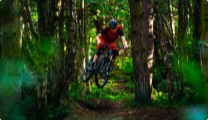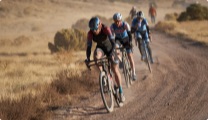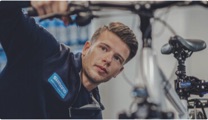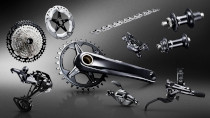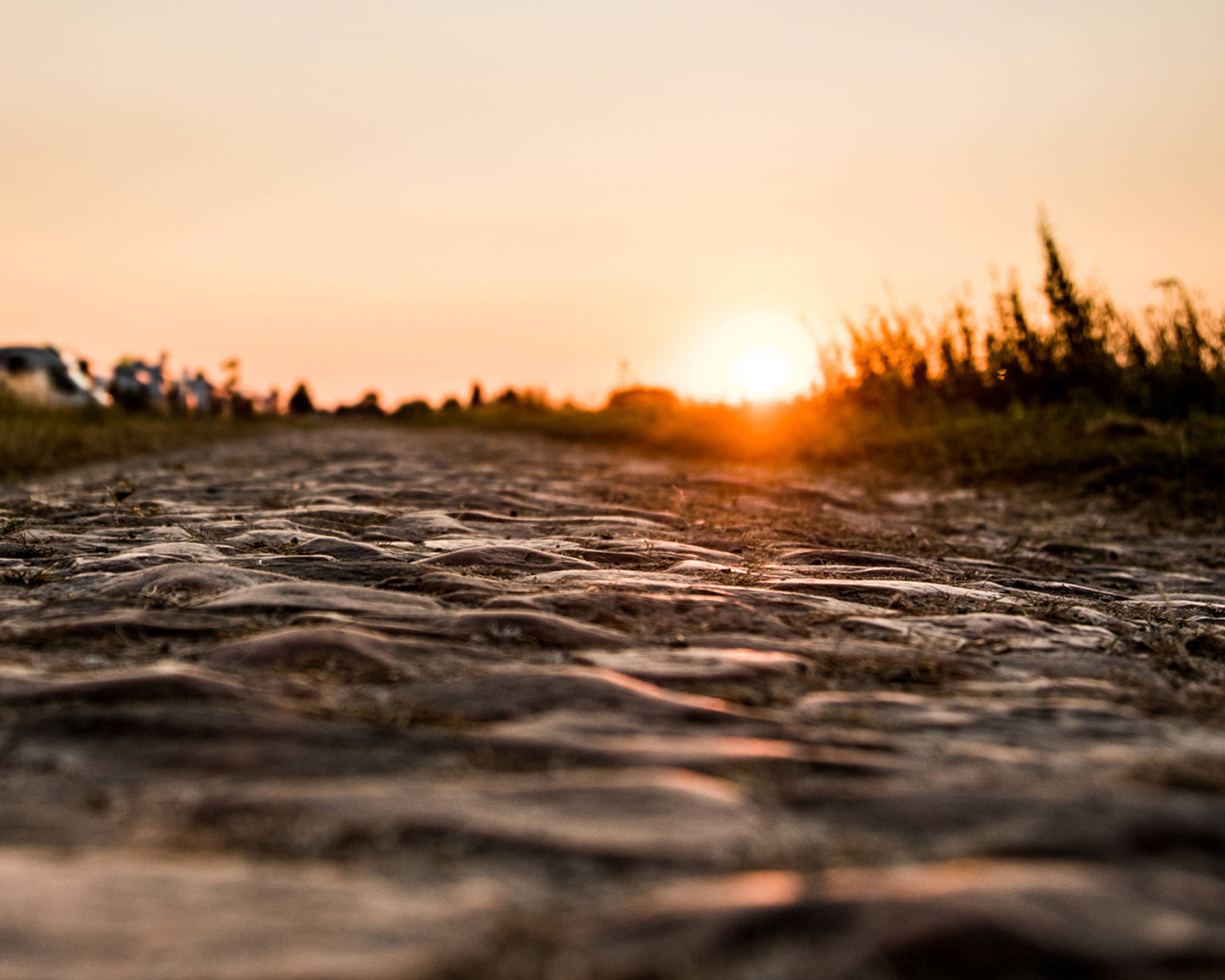Crosswinds can break up a whole peloton and a well-drilled team within seconds. It can cost a racer minutes on a stage and destroy their general classification hopes. But you can learn to use them to your advantage. Join us as we head to Flanders and discover how to solve the crosswind conundrum.
Find your place in the echelon
Riding in crosswinds is one of the hardest parts of bike racing to master. It’s more unpredictable than climbing a col or taking part in a bunch sprint. Reading the wind, knowing the road, the rules, and the best technique can help you survive, thrive, and maybe achieve a surprising result.
Each cycling season features innocuous-looking Grand Tour transition stages. Mostly flat, they’re designed to get from one part of Italy, France or Spain to another. The route usually follows wide, dead-straight regional roads that last for kilometers on end. The organizers will keep their fingers crossed for some decent wind.
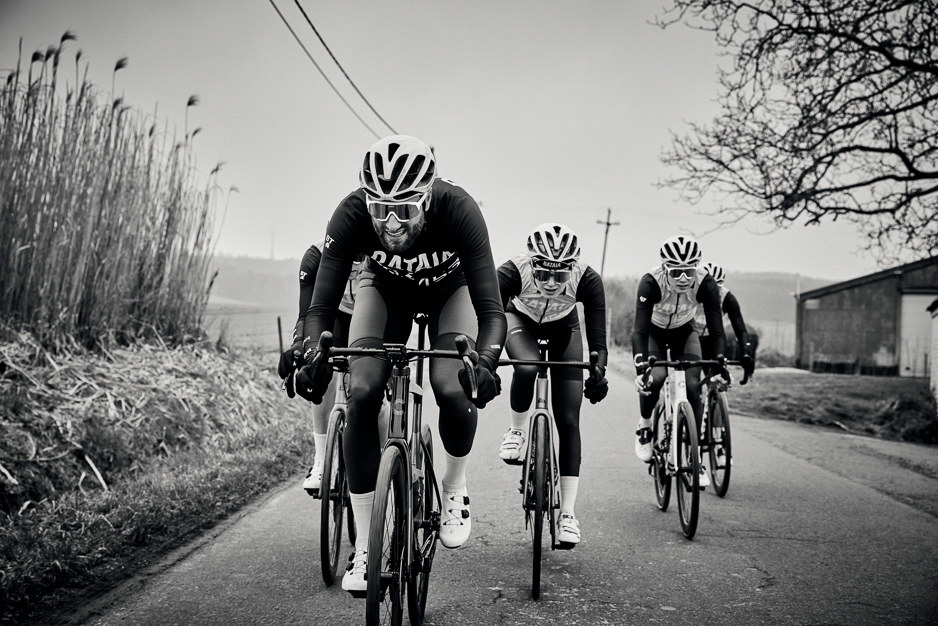
That’s because a bunch of pros fighting for position and struggling to hold on to the wheel in front can be one of the most exciting parts of a race for a fan – and the most nerve-shredding for a rider. Brecht Dhaene, former pro cyclist and current road captain of Team Bataia, explains: "The formation of echelons or a paceline is usually the fear of most riders because if you miss the split, you might end up losing a lot of time while chasing down a group ahead of you. But as a team, you can really make the race hard and put some opponents in the hurt locker – if you know what you're doing.”
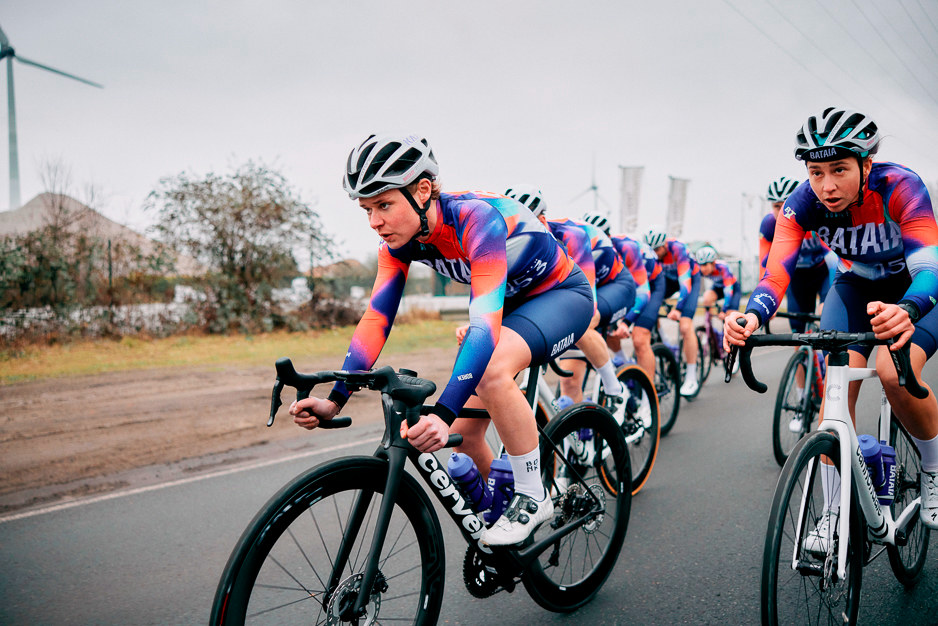
Fly like a Flandrien
"As you can imagine, there are some nationalities that appear to be better at this very specific tactic than others. You need a big engine to keep pushing watts, a lot of confidence and bike handling ability helps too. The Belgian and Dutch riders grow up battling the wind on flat pieces of land as juniors, so it’s no surprise that you'll find the bigger riders from there, the UK or true Flandriens like Stefan Küng or Nils Politt at the front when the knots go up."
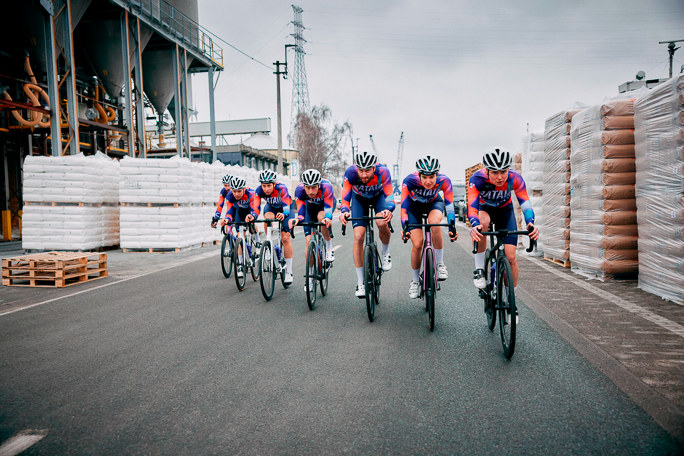
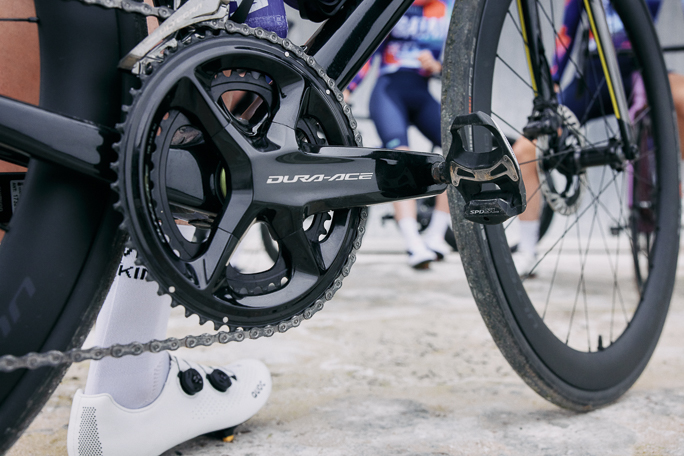
It’s only fitting we join Dhaene and company to dive deeper into the knowledge, psyche and gear that can make you a stronger rider in these challenging conditions. Linked to a top-notch Ghent bike shop, the Bataia team is one of the coolest out there. Don't let their tagline throw you off: yes, they are mostly “only here to party”, but they do that while tearing the legs off their competitors – especially when they fight the wind as a team. As they ride a lot around the Belgian area of De Moeren, notorious for its fierce headwind, they know what to do when the gusts pick up from the North Sea and come blasting onto the empty and flat farmland, offering little in terms of hiding places.
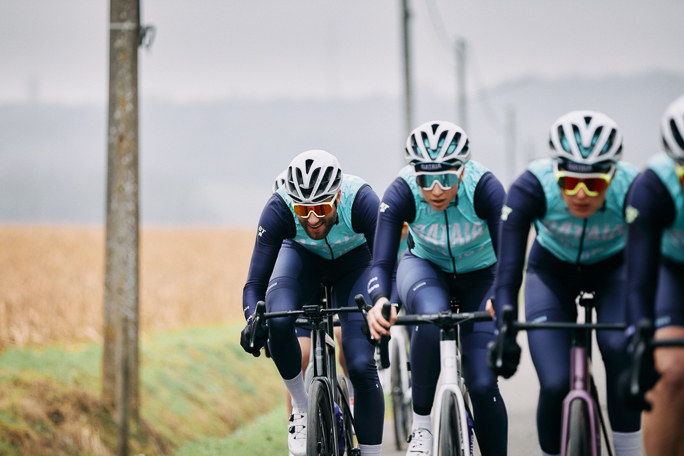
From the drop of the flag
It all starts with finding a stretch of racecourse where the wind is slightly at your side and rear. “This way, you can really reach some serious speeds. Preferably you find a typical Belgian road, straight and without trees, houses or even corn growing by the side,” Brecht says. “You want the wind to be pushing you as continuously as possible. The next step is to stay out of the wind by hiding in what Germans call the “windschatten”, the wind shadows, of the rider half in front of you. Position yourself at a four or eight o'clock position to get in the front rider’s wake.
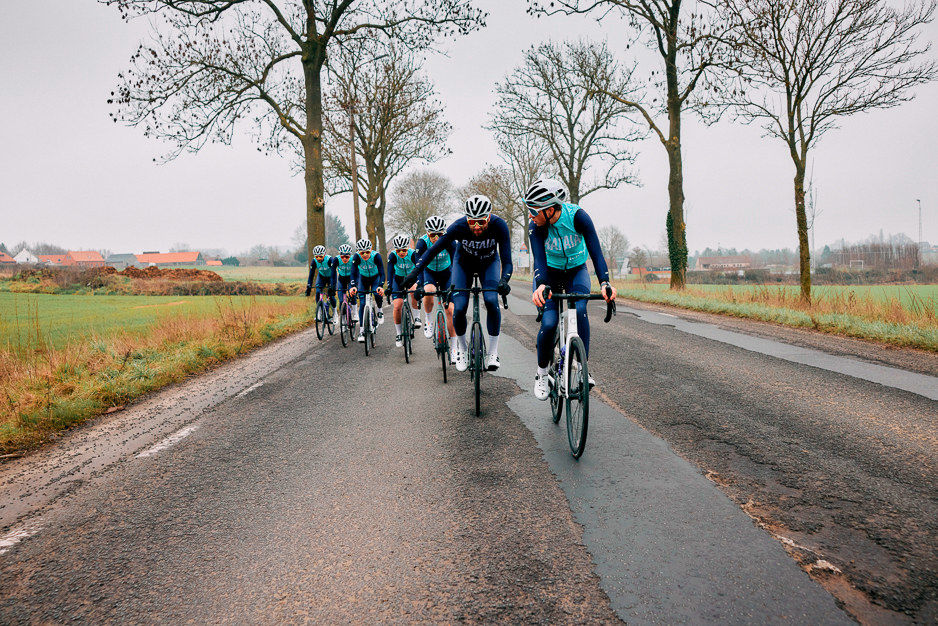
“Now the fun begins. You'll hope that other riders will cross to the side of the road in the direction the wind is coming from, thus creating as much space as possible for other riders to slot into. But this is where team and race tactics come into play. As we have seen in past Tour de France stages, like stage 12 of the 2021 edition. Sprinters like Cavendish and Bouhanni thought that the rolling hill stage to Nîmes would be easy pickings for their powerful finish.
“But the southern Mistral wind shook things up in a way that even the tour winner Tadej Pogačar needed his teammates to help him through the day. Fighting for a sheltered position costs even the big men a lot of effort. Experienced riders know that from the drop of the flag, they need to be up there, watching every single break in the peloton. Once you lose the wheel and you're exposed to this crosswind, chances are you'll never make it back."
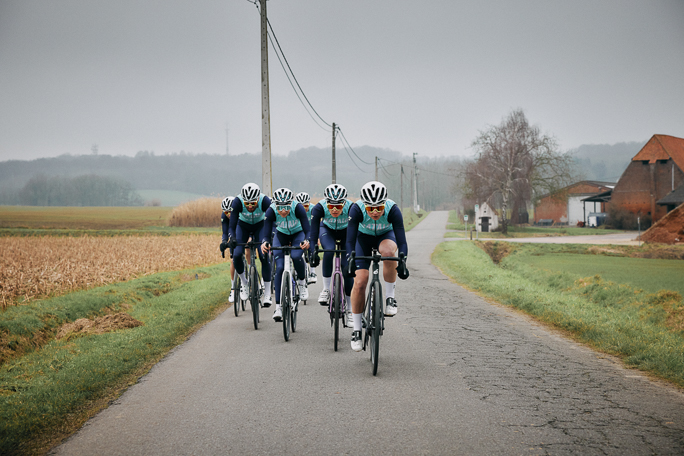
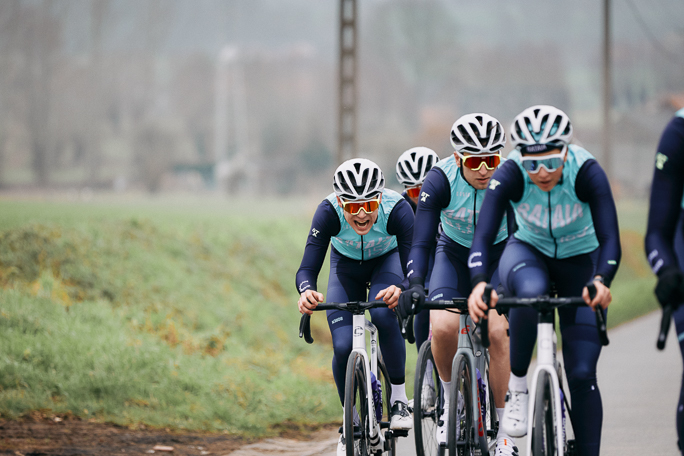
Tech choices make a big difference too. "Most riders used to opt for a maximum of 35mm wheels,” Brecht says. “But the latest generation ULTEGRA and DURA-ACE wheels are aerodynamically so good that I would opt for the C50 (50mm) version.
You can reach high speeds and a deeper rim can really help. I once hit about 70 km/h during a race and those few millimeters more go a long way at a moment like that. Also, be aware of your gearing: a 52-tooth chainring on the front will not suffice. I would choose a 54 at least so you can push it at higher speeds. My last pro tip would be wearing an aero road helmet, which can give you that final marginal gain."
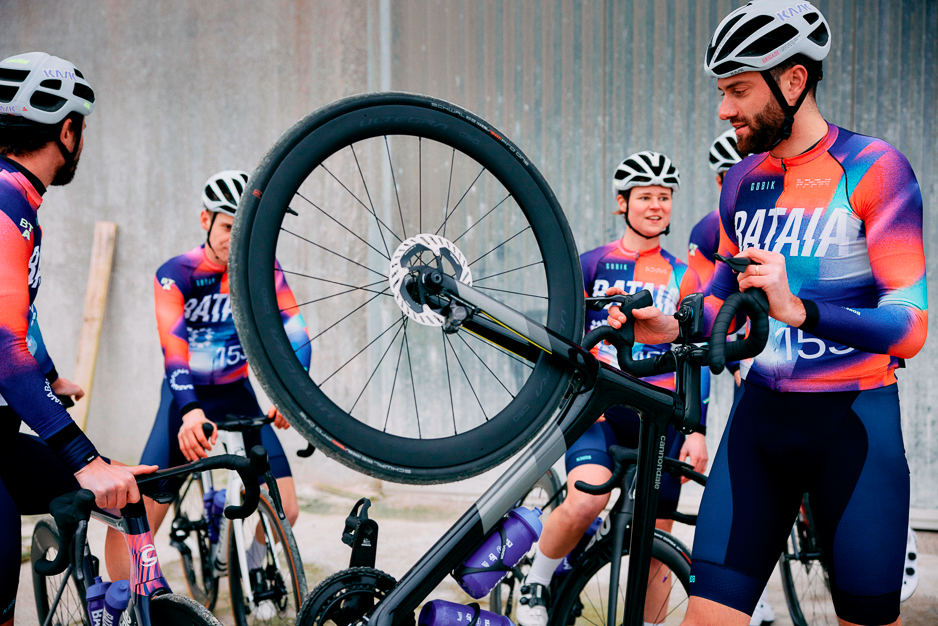

Playing rough
Teams that excel in the crosswinds like to play rough and will leave almost no space for rivals to shelter. This is how echelons (from the French, referring to the rungs of a ladder) start. In this case, it might even be smart to just start your own small one.
"Because the only way you can keep up while riding into a crosswind is by changing the front position as smoothly and quickly as possible," Brecht says. Ideally, you find a pace just above what everyone can maintain, and the front rider switches position within a few seconds by smoothly pulling over to the side into the wind and dropping back along the group. The ideal size is around 14 riders. This way, the whole group can keep the pace up and each individual will only be exposed briefly.
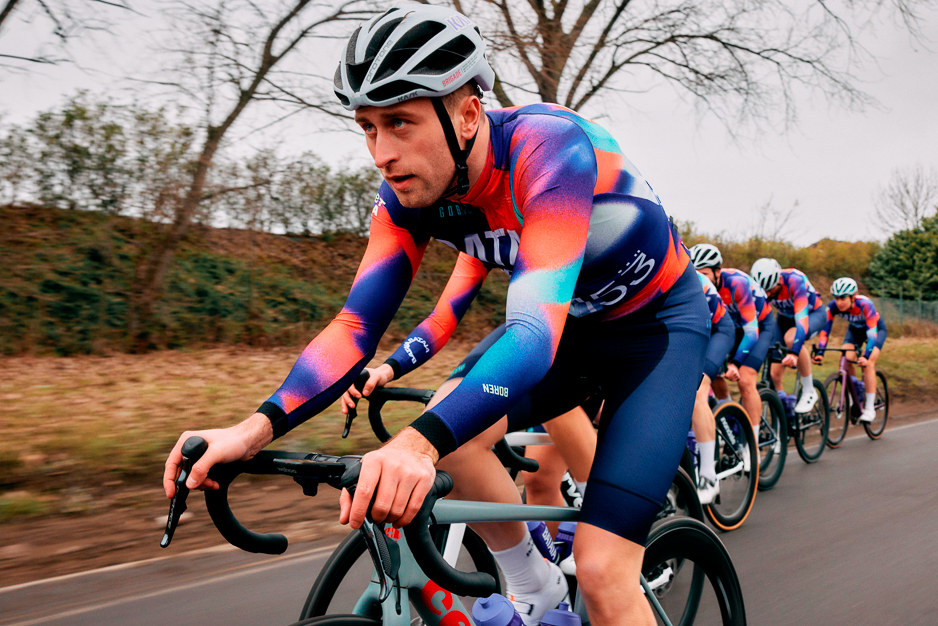
When you're out with a group of friends, riding in each other’s slipstream isn't too hard. The tricky part is that you're usually not allowed to use the whole width of the road. It’s a matter of rotating as smoothly as possible, taking the front without increasing the speed or trying to show how strong you are. After a short pull, a rider returns to the back of the echelon, easily matching the pace of the last cyclist in order to slot back in smoothly.
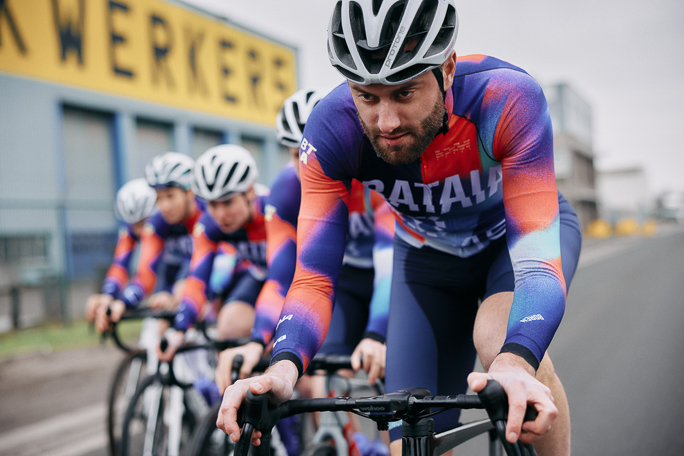
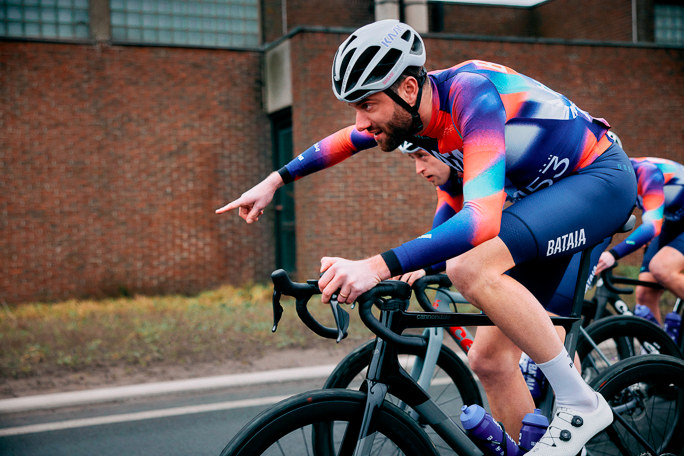
"If you want to train for this, I would suggest you enter races that are known for their echelons and study the routes in detail,” Brecht adds. “Don't just rely on the roadbook: talk to riders or scout the course and know where the crosswinds will be. If you really want to go pro, you will not only have a piece of paper taped to your stem or top tube showing the bergs and cobbles, but also the possible crosswind sections.
“During a race, allegiances can switch quickly, depending on who's further up the road, what the gap is and where a rider is in the general classification. So the rival in front of you might be trying to help you one moment and trying to drop you the next.
“The rule of thumb is to be at the front with as many riders of your team as possible at these moments. Ideally, you would even use a stretch leading up to the crosswind sections to position yourself. I remember a stage during Kreiz Breizh Elites, a 2.2-category pro race in Brittany where we used a short climb over a narrow road that led up to where we wanted to put the hammer down.”
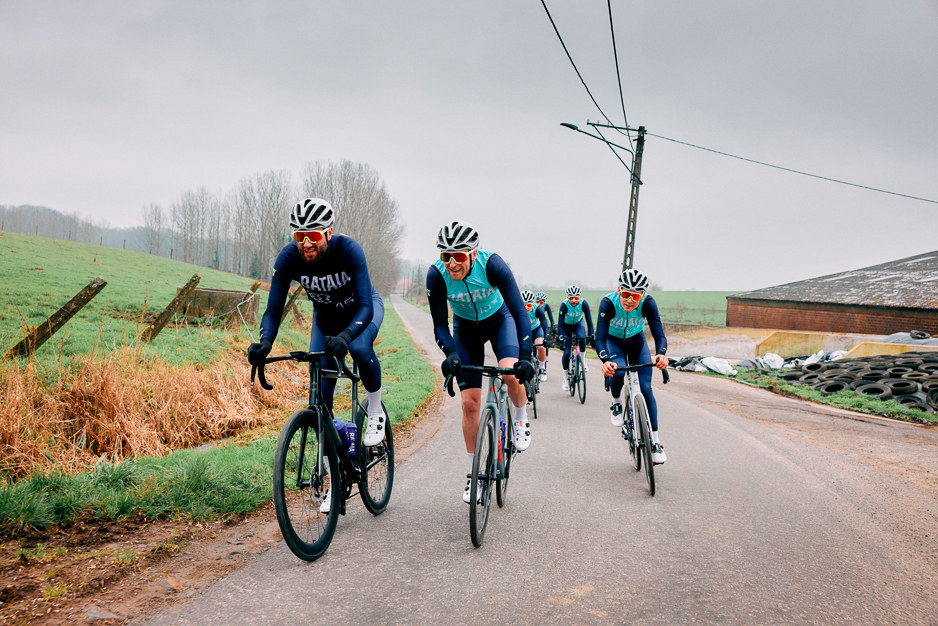
Brecht continues: “We gathered before the start of the hill and then rode it as slowly as possible. Once we crested the top and turned right, we knew the crosswind would be there and we went full gas. It’s just a cool feeling when a plan like that works and you feel riders being dropped behind you."
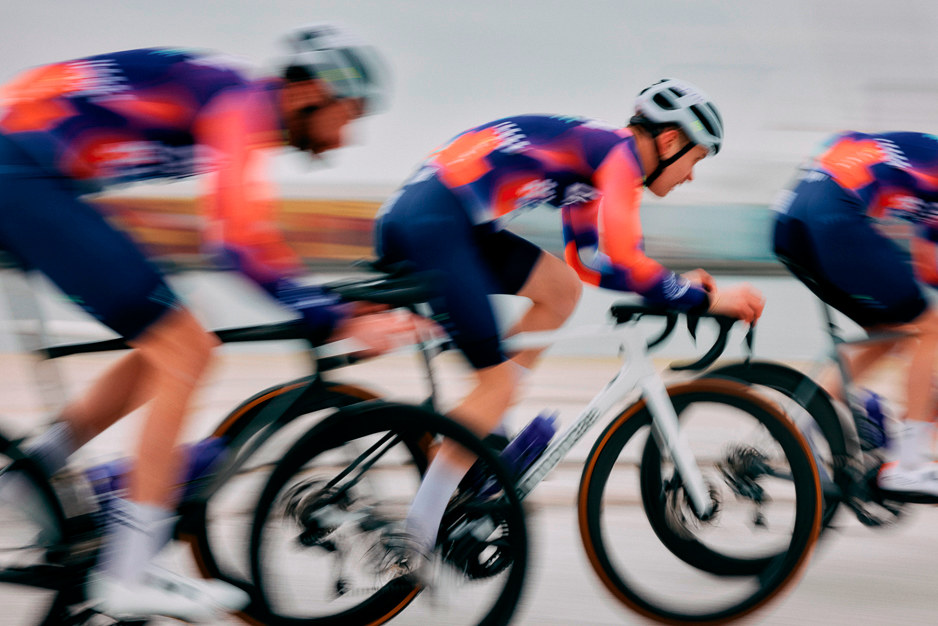
The winning waaier
Another notorious example of a vintage echelon race (or waaierrijden, as they call it in Belgium) is the 2015 Gent-Wevelgem. 200 riders set out that day, and only 39 of them made it to the finish. The wind was out at force 10, with gusts racing at up to 80km/h. This resulted in an average speed on the flat which would normally shame most pro riders. That day, it was simply about survival.
Decent pacelines could barely be formed as racers were bumping into each other while trying to keep the speed stable and their bikes upright. Bradley Wiggins dropped to the last echelon and his teammate Geraint Thomas ended up in a ditch. He got up, kept going, positioned himself well and ended up on the podium. This edition was voted the most loved in the race’s history by the Belgian viewers, a sign of the excitement crosswinds can evoke in cycling lovers.
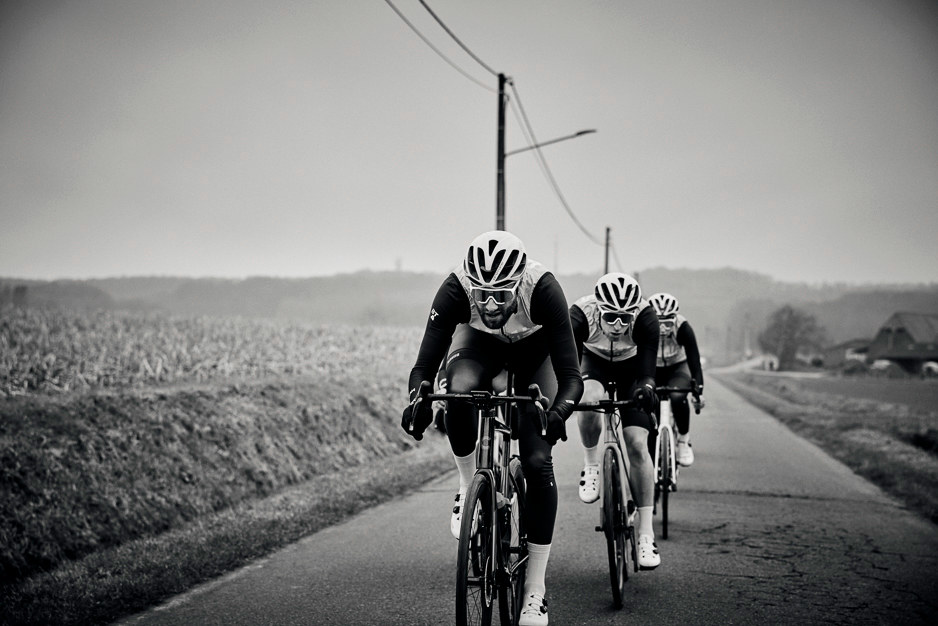
Any means necessary
The fierce winds of the Ghent-Wevelgem race of 2015 serve as a prime example of how body, road, and wind can be used to your advantage during a race. Allowing you to force chasing riders in your wake closer to the edge of the road – or even pushing them off. Of course, this can be used against you too. "If this happens, my advice is to stay calm and try to find the biggest back you can find. Races like this can suddenly swing your way, so don't give up, even if you lose the wheel in front of you."
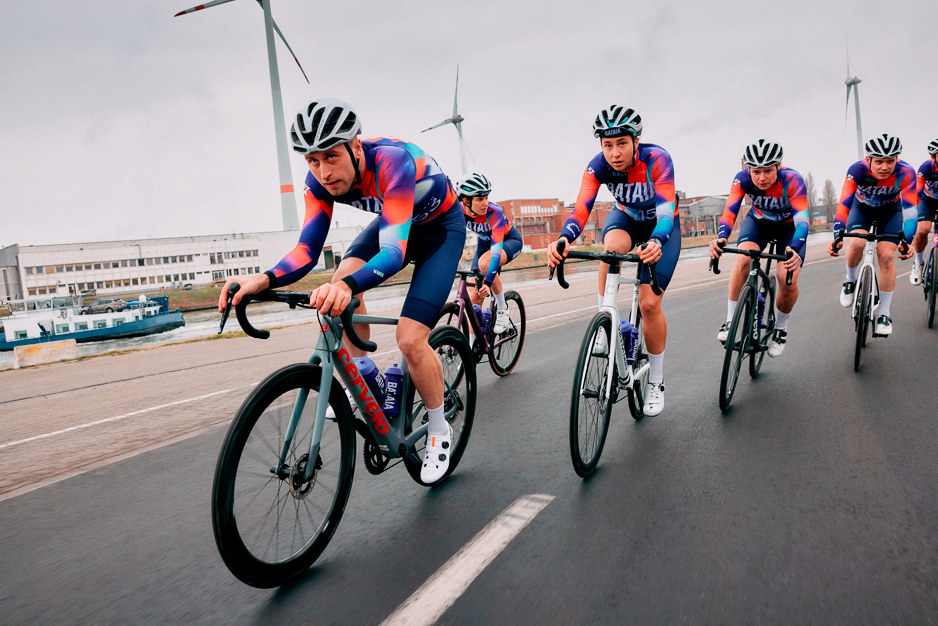
All in all, crosswinds are chaotic and cool. They add an extra dimension to otherwise predictable stages. If you're looking to get involved in local or regional races, mastering this skill can be essential. Being able to use the wind to your advantage, whether you're in a breakaway or a bigger group, can transform your results.
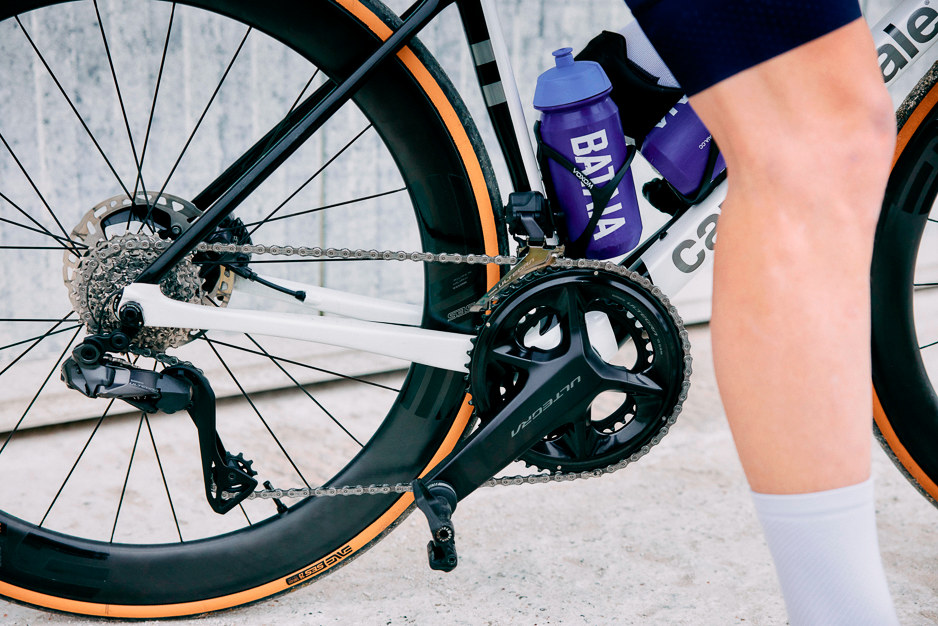
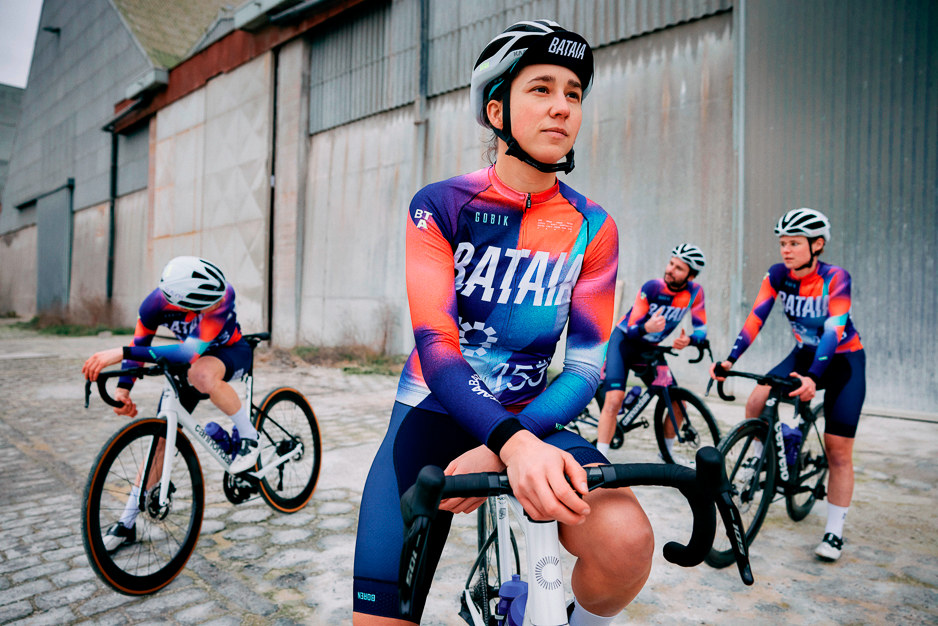
Follow Team Bataia and their races on Instagram.
